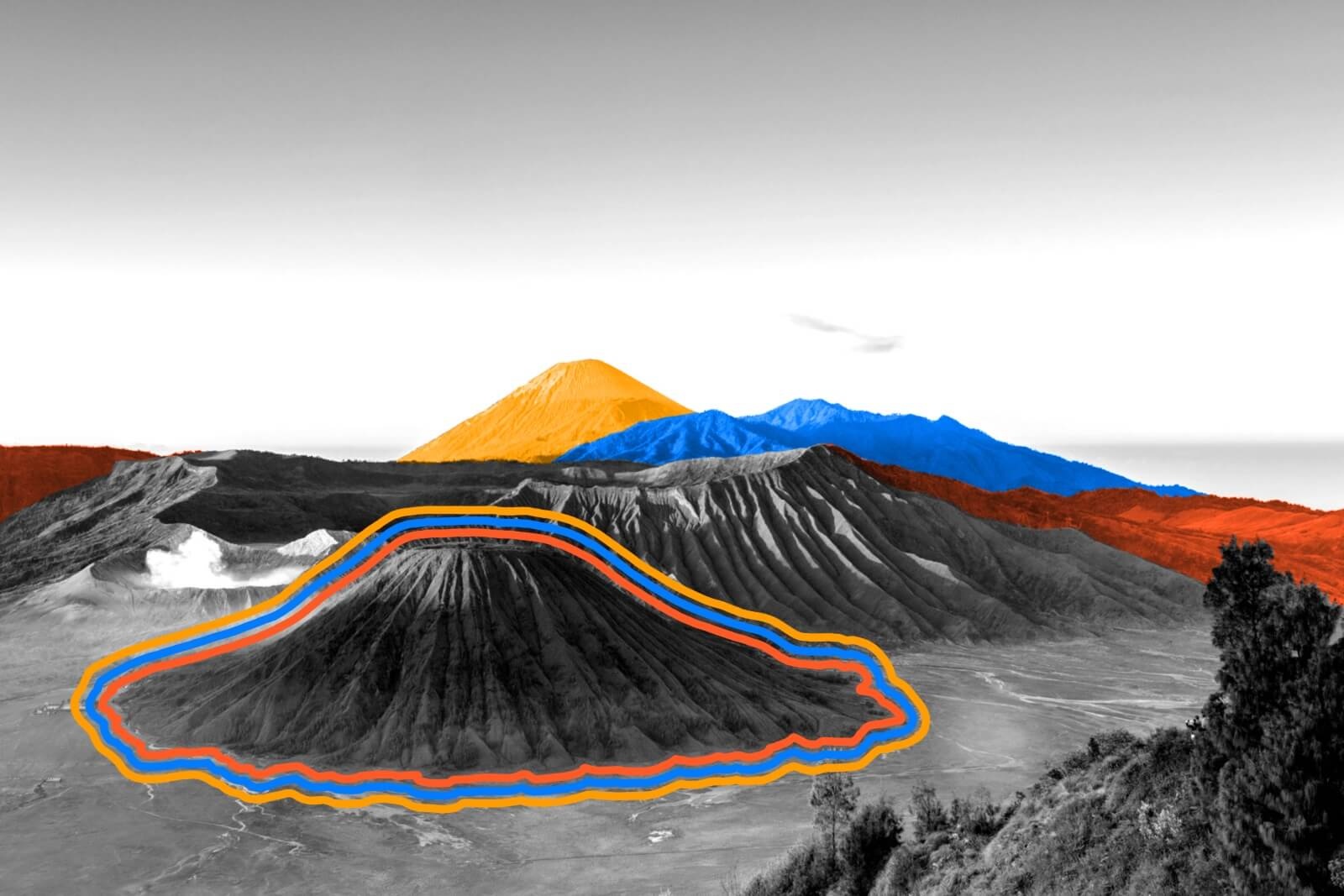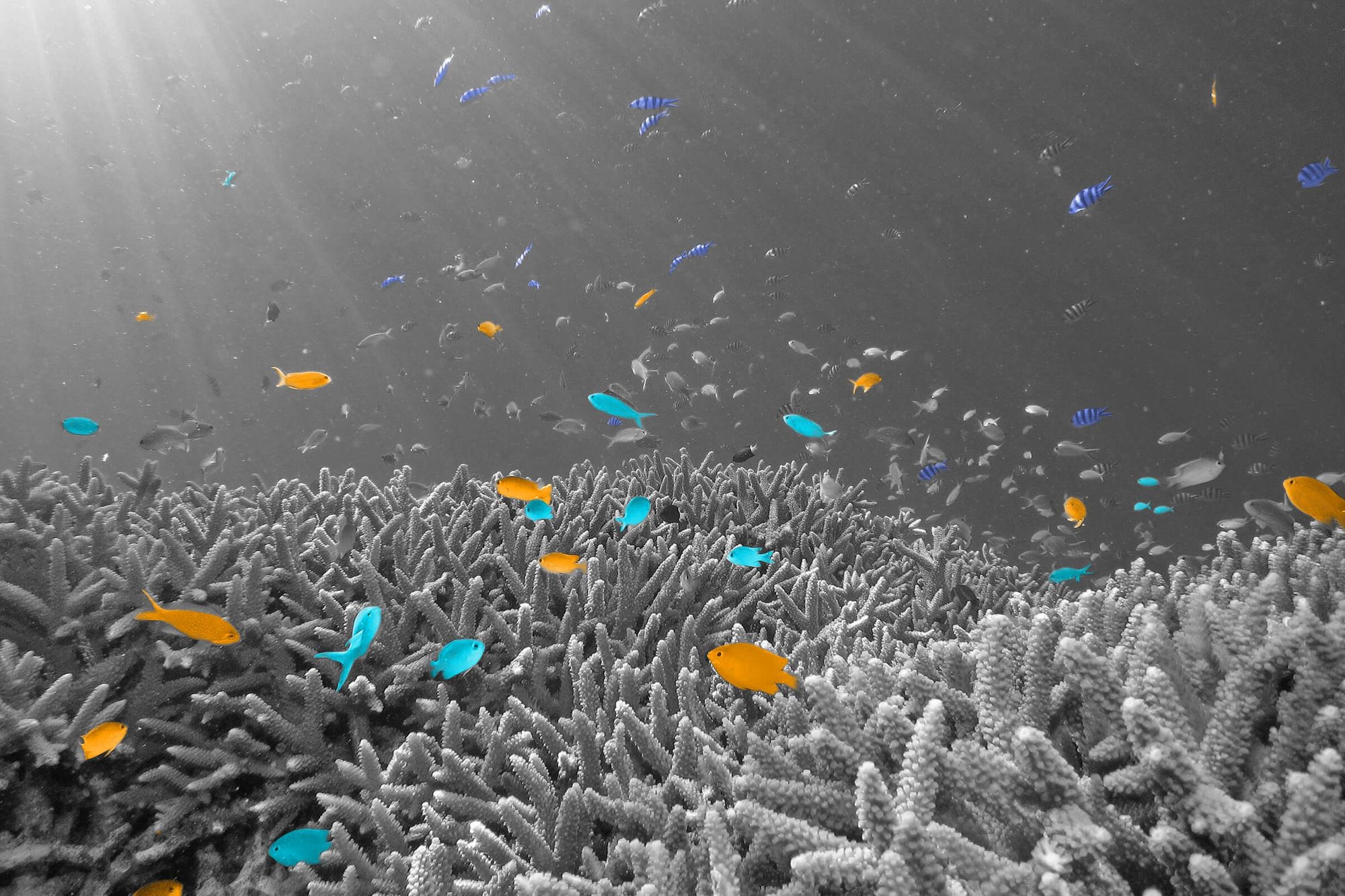
About 75% of the Earth's volcanoes are located on the Pacific Ocean's “Ring of Fire.”
About 1,350 potentially active volcanoes dot the Earth today, and the lion’s share of them can be found along a 25,000-mile-long horseshoe-shaped ribbon that borders the Pacific Ocean. This Circum-Pacific Belt, more commonly known as the “Ring of Fire,” is home to some of the most volcanically active areas in the world, including Southeast Asia, New Zealand, Japan, Chile, Alaska, and parts of the contiguous United States. These volcanoes are largely formed at subduction zones, when denser tectonic plates slip underneath lighter plates. This subduction turns the Earth’s dense mantle into magma, which eventually bubbles up as volcanoes.
The “Ring of Fire” is home to about 90% of all earthquakes, and in the past 150 years, deadly volcanic explosions — from Indonesia’s Krakatoa in 1883 to Mount St. Helens nearly a century later — have happened along this dangerous stretch. But although the “Ring of Fire” is known for its destructive nature, it’s also a force of creation. Alaska’s Aleutian Islands are the result of Ring of Fire subduction zones, and many continental mountain ranges, such as the Cascades in the Pacific Northwest and the Andes in South America, also owe their existence to the subterranean drama unfurling just beneath the surface.
Around 252 million years ago, life was going great — until it wasn’t. The Permian Extinction, known even more ominously as “The Great Dying,” is the largest extinction event in Earth’s history. It was even more devastating than the asteroid-induced extinction that ended the dinosaurs about 65 million years ago. In fact, the Permian Extinction wiped out 95% of all marine and 70% of all terrestrial species. What could be more deadly than a 6-mile-wide asteroid? Siberian volcanoes. Known as the Siberian Traps in modern-day Russia, these volcanoes spewed ash and gases for hundreds of thousands of years at a rate that hasn’t been seen since. This toxic mixture slowly warmed the planet, raised ocean acidity, and possibly damaged the Earth’s protective ozone layer, allowing deadly UV-B radiation to ravage plant life. The Permian Extinction definitively closed one major chapter in Earth history, but it also cleaned the slate for another to begin. After all, the next geologic period — the Triassic — saw the rise of the first dinosaurs.

